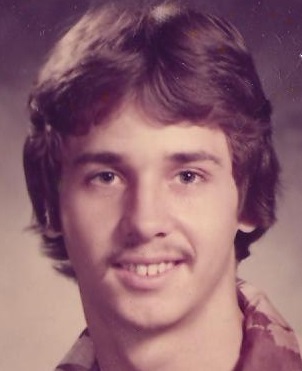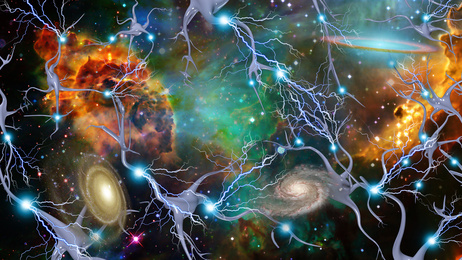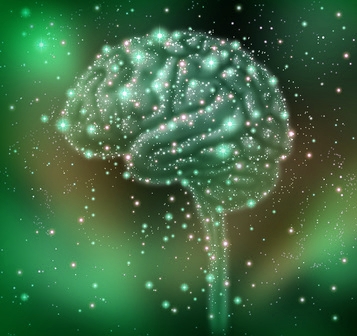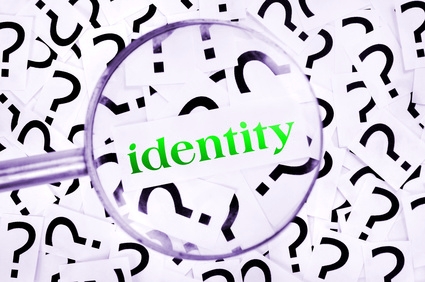This title with apologies to J. Robert Oppenheimer
Accommodation: When a baby holds a ball, the baby adjusts its grip according to the nature of the ball (its thingness ‘as such’, its “ball-ness”). In re-action to the softness, roundess, smoothness and other attributes of a ball, the baby becomes attracted or repelled by the object. If the object is experienced as pleasurable or painful, or otherwise interesting or important, the baby will form a memory strength commensurate with the significance of the experience. In a way, the memory can be regarded as a kind of neurological document of the ball experience. The neurological memory is not a logic map – like much of artificial intelligence – it is an association map (a map of sensations that occur together as a function of time and space). Therefore, if it repeatedly rains when you open your front door, something inside you is attracted to the idea that your door is controlling the weather.
Assimilation: Ball experiences will be essentially grouped into a category of neural documents in the form of a fuzzy logic, in the sense of: experiences that are definitely ball experiences, experiences that are ball-like or almost ball-ish and experiences that are not ball experiences. The memory will be a default generalization based on the number of ball attributes and the degree of intensity in those attributes and their proximity in space and time. The generalization, in a healthy person, will get progressively refined as new ball experiences occur. Refining the generalization means changing the map by adding – assimilating – the additional experiences.
Adaptation is the feedback loop between accommodation and assimilation. New accommodations are based both on the new sensory experience and on the association of the new experience to the old neurological document; and this compound accommodation produces a compound assimilation. In a very real sense, our mental model – neurological document – is treated as a ‘reality’ that exists equally with the sensory-motor reality that we move through.
We leave the womb of adaptation when we distinguish and identify the associations of our body as distinct from the other sensory-motor experiences. The segregation of self from non-self is not consciousness, but a precursor to it. Once the ‘self’ neurological document is formed, this posits the ability to associate the self with non-self. And these associations of self versus non-self allows the self to move through a process of space and time. When the self operates on the non-self there is a result that is graded and given a value of significance. Highly valued experience creates an attraction to repeat the behavior that produced the result. Since “high value” results in stronger memory the steps necessary to produce the result become progressively memorable and eventually reproduceable.
The repeated behavior is randomly modified and the effects of modification are remembered until the magic day when the desire for the particular effect produces the replication of the behaviors that produced it. And, since the self was part of the adaptation, the self becomes re-cognized – identifyed – as an operator (affector) rather than a mere object. This separates the world into objects and operators. This results in a relationship (association) of operators, objects and outcomes. Now living in a world of operators, objects and outcomes, the world begins to get organized in a more refined way. An association between operator ‘A’ and operator ‘B” with object ‘A’ and object ‘B’ with outcome ‘A’ and outcome ‘B’. Different collections of operators objects and outcomes are randomly associated until, eventually, it becomes re-cognized that operator ‘A’ operating on object ‘A’ repeatedly produces outcome ‘A’. This is what Douglas R. Hofstadter was referring to in his 1979 book Gödel, Escher, Bach: An Eternal Golden Braid, as self representation, or self-rep.
The association of associations becomes identified. Once this happens it becomes highly desirable to repeat satisfying associations of associates. Very soon, the particular operator ‘Self’ seems to occur a lot, especially with preferred outcomes. Then the sweetest algorithm in the world: step 1, select self; step 2, select preferred outcome; step 3, select operation; step 4, evaluate outcome (like/dislike); step 5, repeat; step 6, repeat until steps are remembered in sequence; step 7, reverse the steps.
This play, much like filling and emptying a glass of water, teaches the child what the psychologist Jean Piaget would refer to as conservation. Conservation shows that when you pour the water from a short container into a tall container, the amount of water does not change. Repeatedly going from tall to short, then short to long, makes the experience of pouring, reversible and therefore understandable.
Because the self is felt and used it becomes a unique neurological document (it is the only entity – neurological document – that has feelings). You can put four marbles in a box, but the marbles don’t feel, but the self feels them; the ‘putting’ doesn’t feel, but the self is satisfied by the process producing the expected result. Because repeating a particular process produces satisfaction in the self and the self being satisfied gets regarded as highly valued. Then the most significant thing in the world results, the processes that please or displease, inform (make more reliably reproduceble processes) or provide objectives (expectations) become a world unto themselves – they become ‘I’.
‘I’ am the sum of what happens to the self and what the self makes happen. ‘I’ am the most important thing there is. ‘I’ can live, or die. There are other ‘I’s in the world, but they are not this ‘I’. ‘I’ must do something, because only by doing, do things happen to ‘I’ and ‘I’ make things happen, which is my existence – without doing, ‘I’ do not exist. ‘I’ want to be happy. ‘I’ will try and do happiness. And no longer did darkness rule the deep. And the light was good!
About the Author:
 Charles Edward Culpepper, III is a Poet, Philosopher and Futurist who regards employment as a necessary nuisance…
Charles Edward Culpepper, III is a Poet, Philosopher and Futurist who regards employment as a necessary nuisance…






